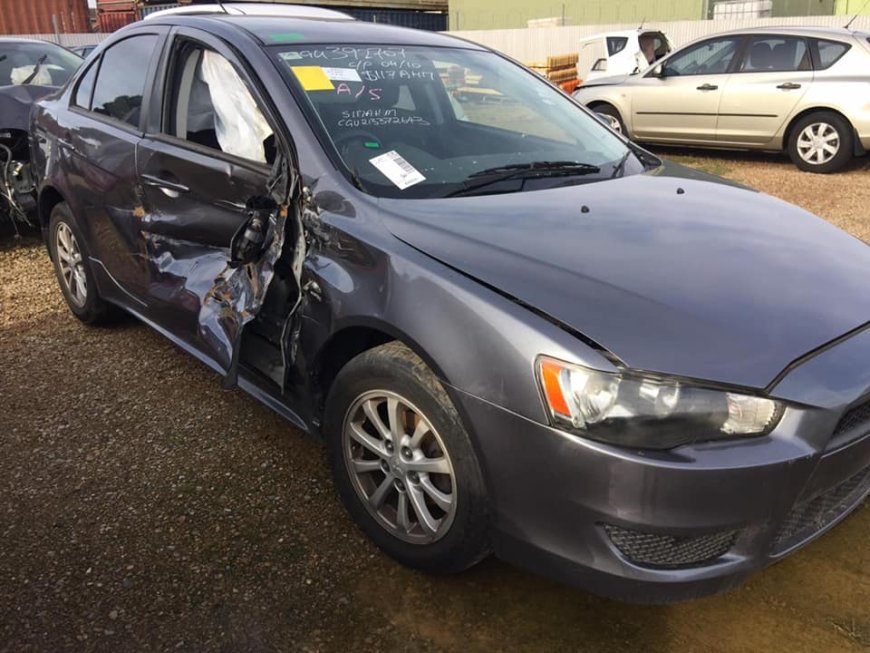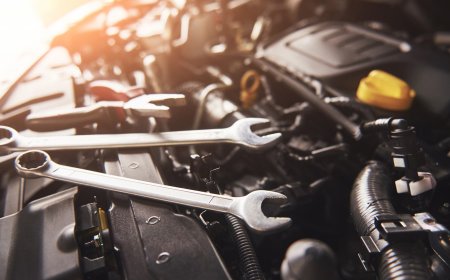Electric Cars and Salvage Yards: What Will Selling Cars Look Like in the Future?
Explore how electric vehicles are reshaping salvage yards and the future of selling cars. Learn what this shift means for car owners, recyclers, and the second-hand market.

Introduction
The automotive world is changing. With electric vehicles growing more popular each year, the old ways of scrapping, salvaging, and selling cars are shifting. Traditional fuel-powered cars have shaped how salvage yards operate for decades. But with new technology and different car parts, electric vehicles are changing the game. This blog explores how electric cars are expected to influence salvage yards and what the process of selling used vehicles might look like in the near future.
The Rise of Electric Vehicles
In recent years, the demand for electric cars has grown strongly across the world. Australia is no exception. Drivers are choosing electric models for lower running costs and reduced emissions. According to the Electric Vehicle Council, electric vehicle sales tripled in 2021, and the numbers have continued to climb ever since.
As more people buy electric cars, fewer petrol and diesel vehicles are being manufactured. This change is slowly affecting every part of the car lifecycle, including how and where these vehicles are sold once they are no longer needed.
What Makes Electric Cars Different?
Electric vehicles are built differently from traditional cars. They use lithium-ion batteries instead of engines. There are fewer moving parts, which means less wear and tear. But when problems do occur, they are often related to the battery, software, or electronics.
These differences mean salvage yards need to adjust. Traditional car parts like exhaust systems, fuel tanks, and gearboxes are either missing or completely different in electric vehicles. Instead, electric cars have battery packs, electric motors, and computer systems that need special handling.
Salvage Yards: Adapting to a New Future
Salvage yards have always played an important role in the car industry. They recover parts, reduce waste, and give vehicles a second life. But electric vehicles are pushing these yards to update their tools, knowledge, and processes.
Handling electric vehicles requires care. Batteries must be removed safely to avoid fire risks. Some parts cannot be reused in the same way as petrol or diesel models. Staff need training to deal with high-voltage systems. These changes will take time, but many yards are already making progress.
There is also a growing market for second-hand electric car parts. Damaged vehicles that would once have been scrapped now hold value through components like electric motors, control systems, and charging equipment. This change is creating new ways for salvage yards to stay relevant.
Environmental Concerns and Recycling
Electric vehicles are often seen as cleaner, but they still have an impact on the environment. Recycling electric car batteries is one of the biggest challenges. While some companies are working on safe ways to recover materials like lithium, cobalt, and nickel, these processes are still developing.
Australia is working towards better battery recycling systems. Regulations may become stricter in the future, and salvage yards will play a role in making sure batteries are disposed of correctly. Safe handling and reuse of battery parts will be essential to reduce harm to the environment.
How Selling Cars Will Change
The process of selling used cars will look quite different in the future. Owners of electric vehicles may not follow the same steps as those with petrol cars. Buyers now ask different questionsabout battery health, charging history, and software updates.
This shift also affects how car owners sell unwanted vehicles. Instead of just checking engine condition, people now need to consider battery lifespan and electronic performance. It means sellers and buyers both need more knowledge to make informed decisions.
As more electric cars enter the market, new platforms may rise to meet these needs. There could be tools that measure battery health or services that focus on electric-only vehicles. It will likely take time, but change is already happening.
The Future of Car Buying and Selling
Technology is shaping how vehicles are bought and sold. Electric vehicles bring more focus on sustainability, safety, and innovation. Car sellers may find it harder to rely on old ways of doing things. New training and digital tools could be part of the standard process.
Online marketplaces are also becoming more popular. With more electric cars in homes and cities, digital solutions may offer better ways to connect buyers and sellers. From uploading battery reports to offering home pick-ups, the selling process is expected to become more flexible and informed.
A New Chapter for Car Owners
For those holding onto older vehicles, it is worth thinking about how the market is shifting. Petrol and diesel cars are still common, but they will not stay that way forever. Understanding where your car fits in this changing world can help you make better choices.
If you are thinking about selling your car in Brisbane, it is worth exploring services that understand this shift. Some local companies have already adjusted their approach to meet both electric and petrol car needs. Whether you drive an older model or something more recent, the team behind sell my car Brisbane offers support that suits changing market conditions and real car values. It is about being prepared for what the future brings, not just for electric cars but for all types of vehicles.
Conclusion
The move towards electric vehicles is already affecting how we think about salvage, recycling, and car selling. While change does not happen overnight, it is clear that the future of selling cars will look different. From battery safety to digital selling tools, both owners and salvage yards will need to adapt. Staying informed and open to new ways of thinking will be key to keeping up with this exciting new chapter in the automotive world.























